The storm that tore through western Alaska wasn’t supposed to be this bad.
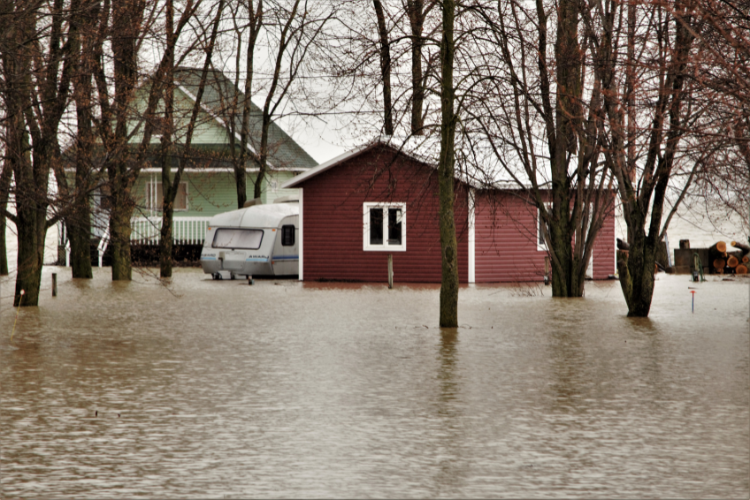
When the remnants of Typhoon Halong slammed into Alaska’s Yukon-Kuskokwim Delta in mid-October 2025, residents had little warning that it would become one of the state’s most destructive fall storms in years. Winds exceeding 90 miles per hour ripped across coastal villages, sending houses adrift and knocking out communications. For many, the alerts came too late. What unfolded wasn’t just a meteorological surprise, it was a wake-up call about how fragile Alaska’s storm warning system has become under years of cuts and neglect.
1. The storm moved faster than models predicted.
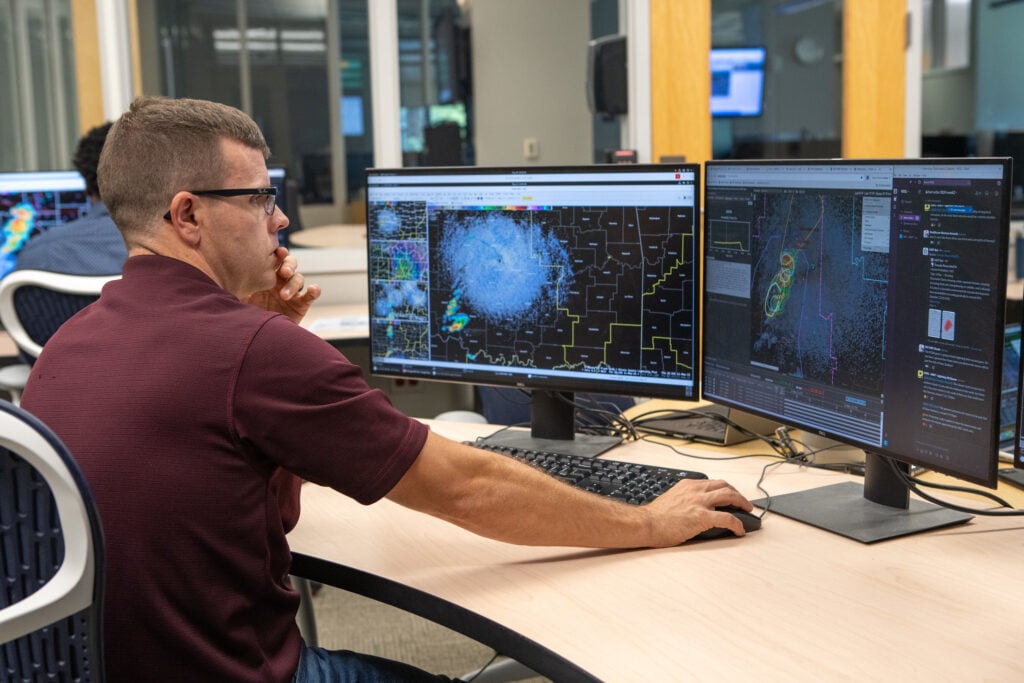
Forecasters at the National Weather Service warned of gale-force winds, but Halong’s remnants intensified faster than expected once they hit the cold Bering air. According to NOAA reports, the low-pressure center deepened rapidly, creating hurricane-like gusts across the coast. By the time the models caught up, surge waters had already breached defenses. The pace of the storm exposed the limits of real-time prediction in an era of dwindling data coverage and reduced staffing, leaving forecasters to chase a moving target instead of staying ahead of it.
2. Key observation gaps left the models blind.
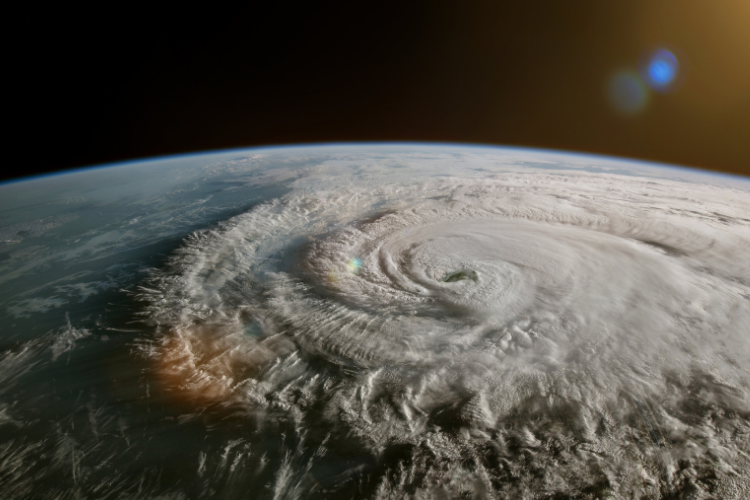
Across western Alaska, several upper-air and surface observation stations that once tracked pressure shifts and wind shear are now offline. That silence left critical blind spots over the Bering Sea—exactly where Halong gained strength. Meteorologists later said the lack of fresh data from those regions likely weakened forecast accuracy. As stated by NOAA meteorologist Brian Brettschneider, Alaska’s vastness means “missing even a few data points can leave you functionally blind.” The DOGE-driven resource cuts didn’t create the storm, but they ensured it arrived without a clear signal.
3. NOAA’s shrinking workforce slowed the response.
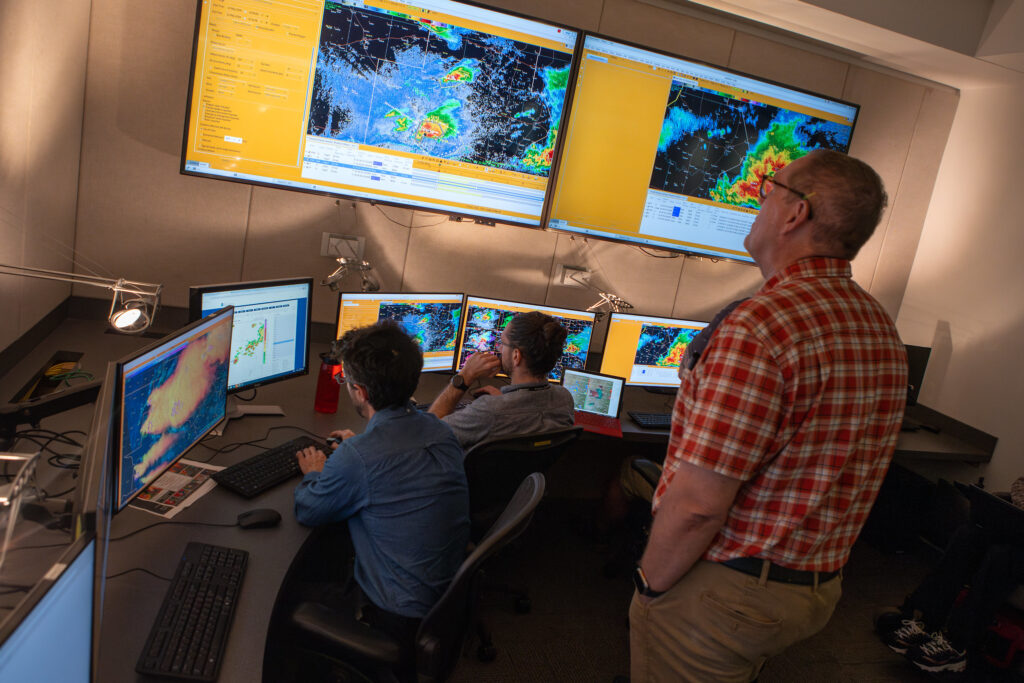
Within NOAA’s Alaska region, staff reductions tied to the Department of Government Efficiency have stretched offices thin. As reported by the Associated Press, multiple weather technicians were covering double shifts during the storm, and some rural observation sites went unmonitored for hours. That shortage created bottlenecks in issuing warnings and verifying surge data. Even skilled meteorologists can’t overcome the math: fewer people means slower responses. When Halong’s winds rose, Alaska’s forecasting system was simply outnumbered by nature’s speed.
4. Communication failures compounded the chaos.
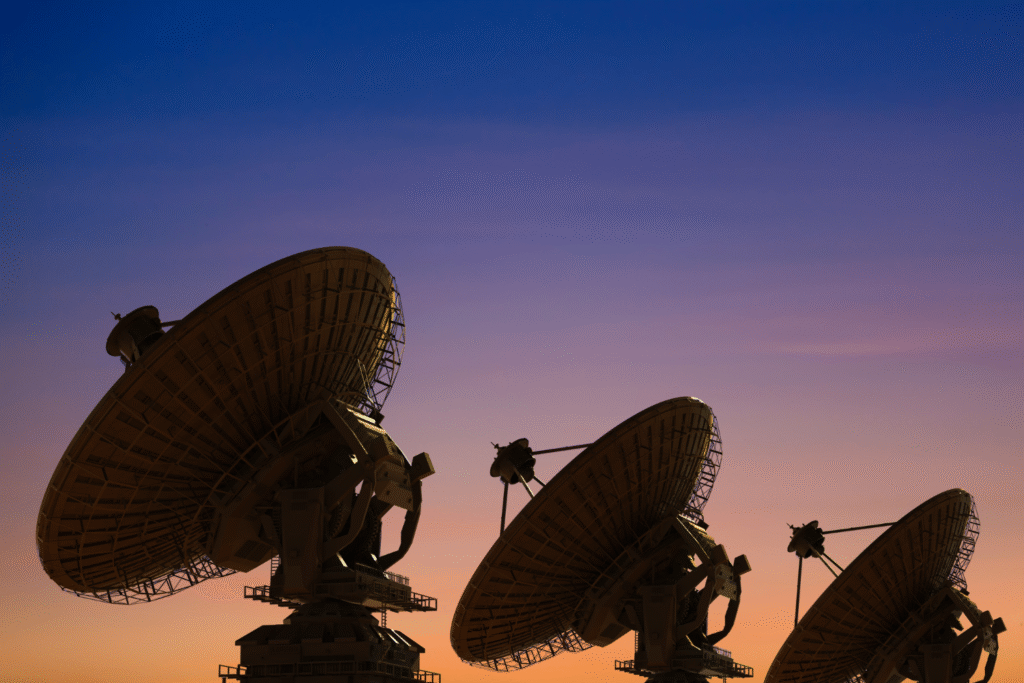
Once the power grid began to fail, coastal communities couldn’t receive updated forecasts. Internet outages silenced NOAA radio streams, while local stations struggled to transmit emergency messages. Residents in Tununak and Kipnuk said they learned about the storm’s escalation through word of mouth rather than official channels. For many, the lack of real-time communication turned a natural disaster into a guessing game of when, and how bad, the next wave would be.
5. Coastal defenses were no match for the surge.
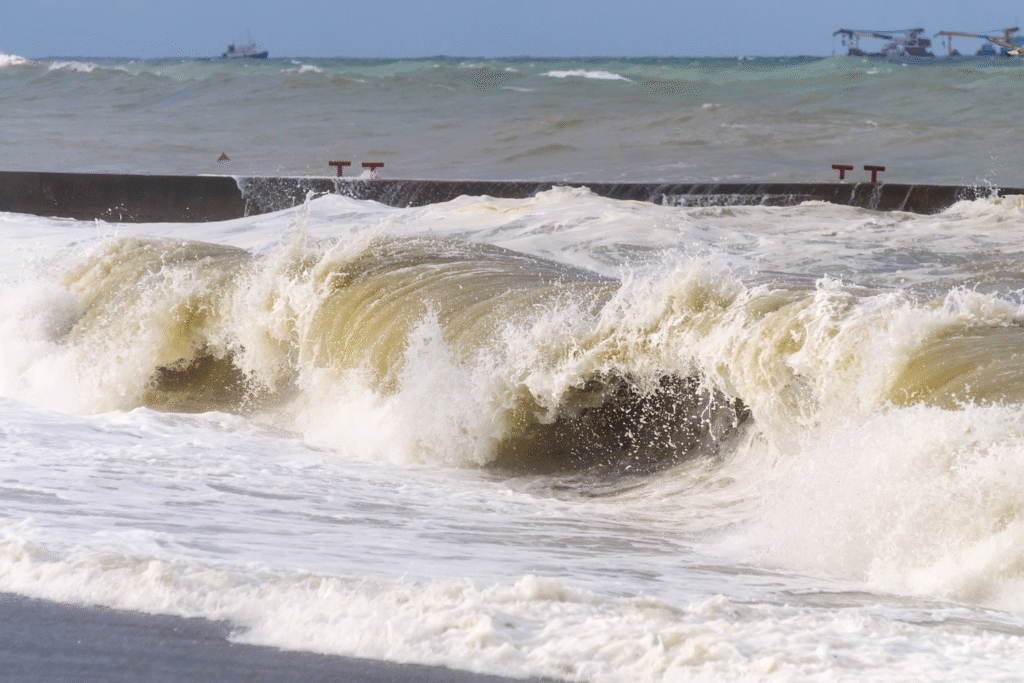
The storm’s timing—high tide, combined with Halong’s remnants—sent seawater rushing inland. Entire sections of coastline disappeared overnight. Seawalls that were never designed for tropical-level systems buckled under pressure. In some communities, storm surge pushed several feet above previous records. For Alaska’s western coast, which faces rapid erosion from melting permafrost, Halong was not just a one-off—it was a preview of future vulnerability.
6. DOGE cuts made the gaps even deadlier.
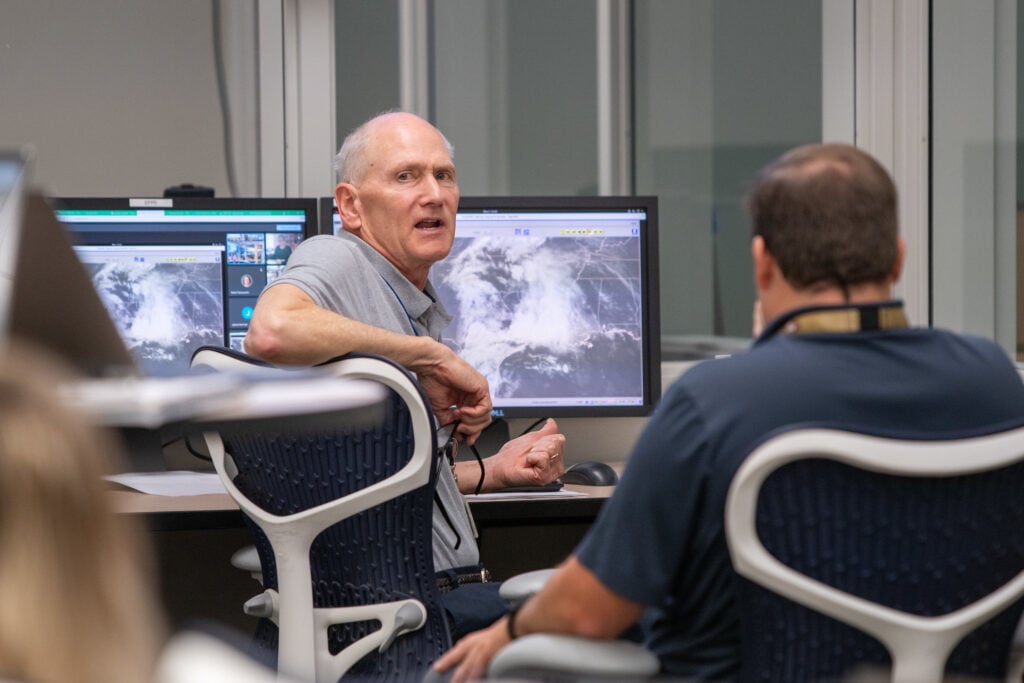
While DOGE touted efficiency and “streamlined spending,” the result was fewer trained observers, less maintenance, and weaker field presence. Many of the systems needed to track Halong’s buildup were already understaffed or overdue for repair. It’s one thing to promise smaller government; it’s another to watch that promise drown entire villages. The storm’s fallout revealed how cost-saving reforms can quietly gut the very services that guard public safety.
7. Emergency teams struggled to reach isolated towns.
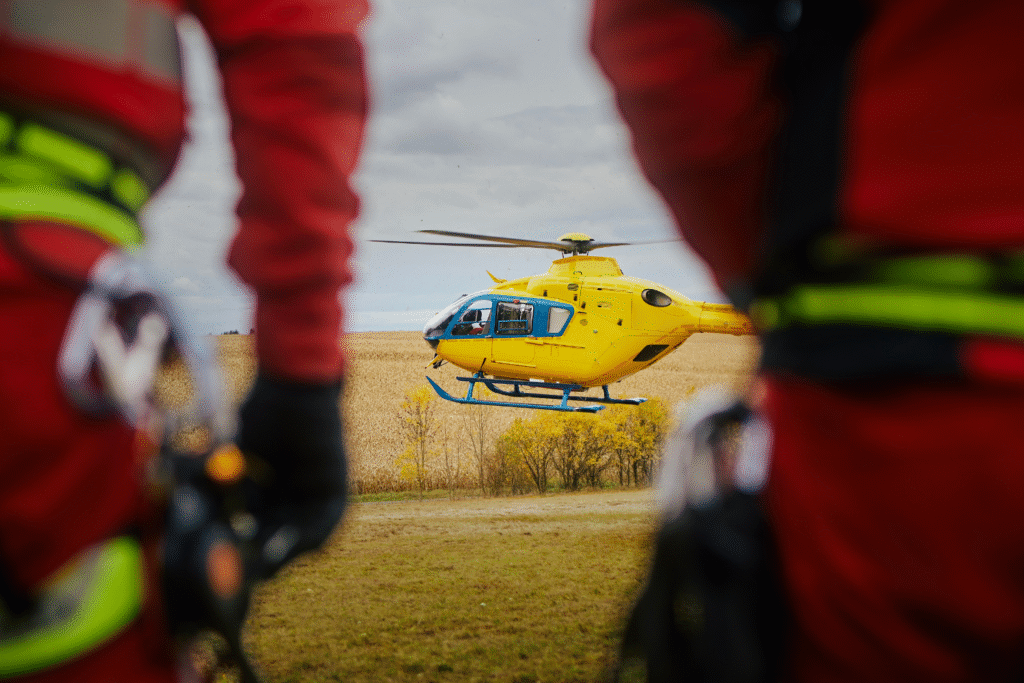
When floodwaters rose, the Coast Guard and National Guard launched rescue operations, but many villages could only be reached by air. Washed-out runways and impassable terrain delayed aid. In Newtok, rescuers reported entire clusters of homes lifted from their foundations. With transportation networks crippled, relief teams faced the same obstacles as residents: isolation in a region already on the edge of habitability.
8. Forecast confidence in Alaska is fading fast.
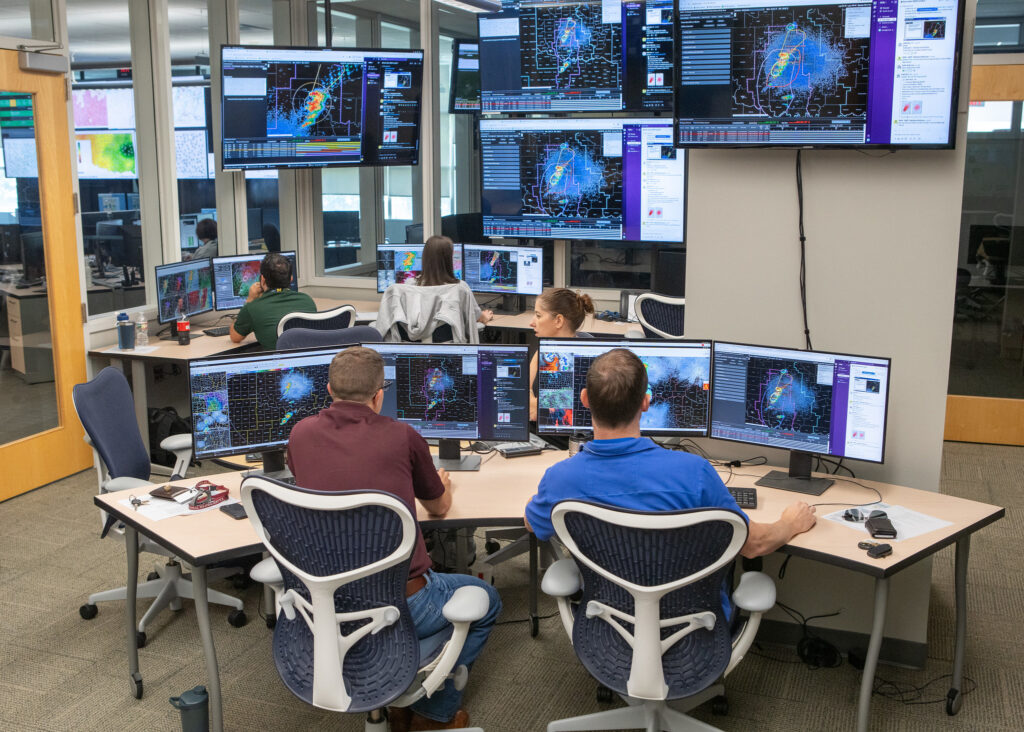
For generations, Alaskans have trusted weather forecasts as lifelines. But when warnings miss their mark, that trust evaporates. Residents now say they’re learning to rely more on local intuition—the color of the sky, the speed of the tide—than on government alerts. It’s not cynicism; it’s survival. Rebuilding that confidence will require more than technical upgrades. It means rebuilding credibility from the ground up.
9. The storm exposed how little margin is left.
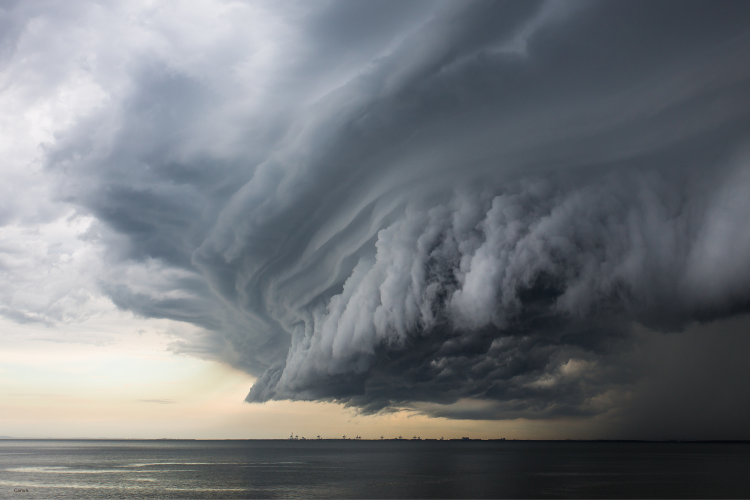
Halong didn’t have to be catastrophic to be revealing. Every failure it uncovered—from broken sensors to overworked meteorologists—showed how fragile the infrastructure has become. Alaska’s vastness has always demanded redundancy; DOGE’s austerity model erased it. Each missing observation, each delayed alert, became a thread pulled from the safety net. And this time, it tore clean through.
10. Climate extremes are testing weakened systems.
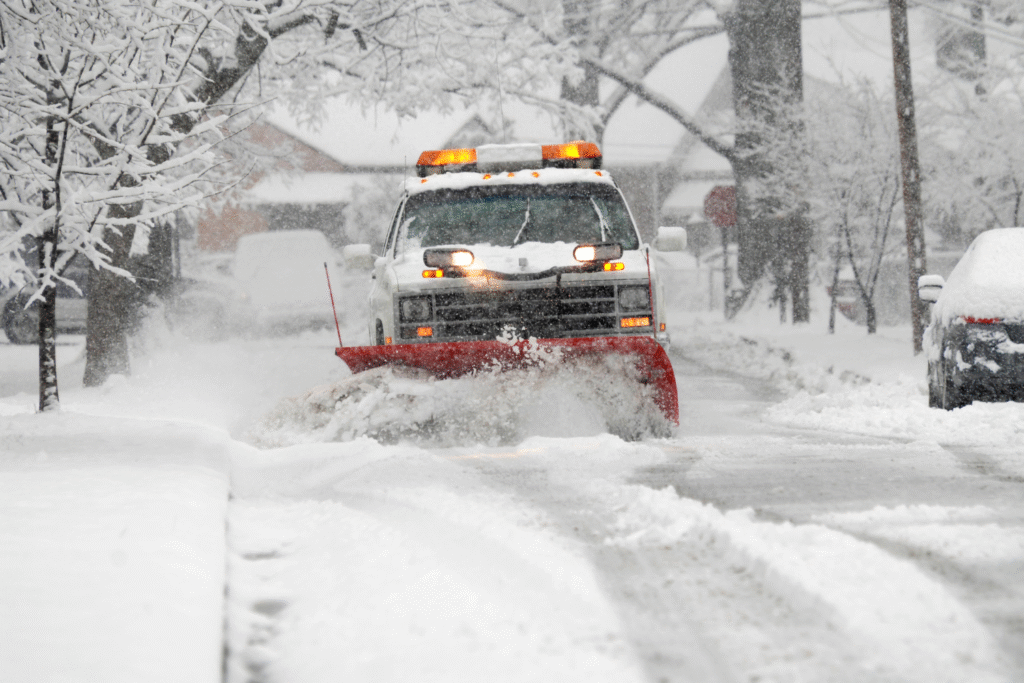
Scientists have warned that as ocean temperatures rise, storms traveling north are retaining more energy. Halong wasn’t the first typhoon remnant to reach Alaska, but it was among the strongest in decades. With the state warming faster than anywhere else in the U.S., its forecasting and emergency systems can’t afford shrinkage. What was once a rare event is fast becoming seasonal reality—and that reality is arriving underfunded.
11. The aftermath is a warning in itself.
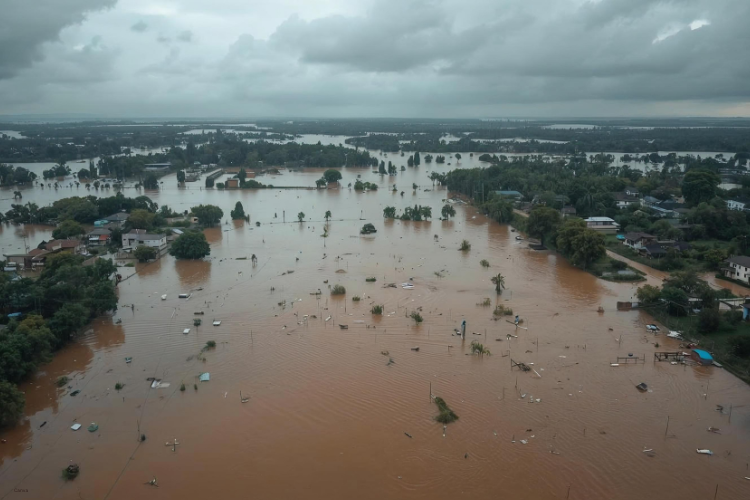
In the storm’s wake, federal teams are reassessing what went wrong—and what was missing. NOAA officials have quietly acknowledged that underfunding, outdated models, and staff shortages all played a role. The Department of Government Efficiency has yet to address how its cuts contributed to the breakdown. As villagers clean mud from living rooms and salvage boats from flooded marshes, one truth feels unavoidable: Alaska’s storms aren’t getting weaker, but its defenses are.
